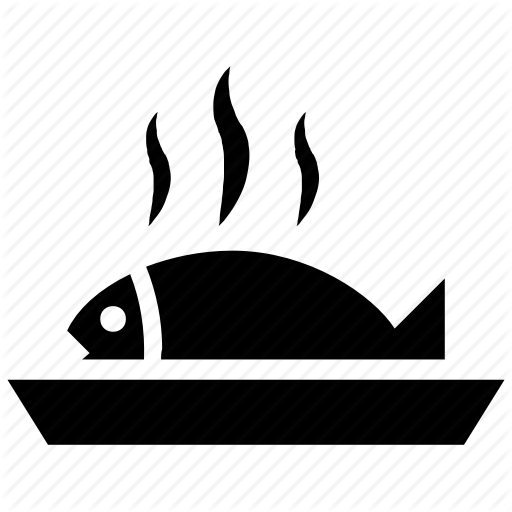Introduction to the complete ketogenic diet for beginners. your essential guide to living the keto lifestyle :
The ketogenic diet or as like some people prefer to call it; the Keto diet or low carb diet is about consuming a lot of protein and fats but fewer carbs. This diet makes the body send the fats that we consume to the liver, which the latter transform it into energy to keep the body strong and active for a long time without feeling tired quickly.
The word ketogenic is derived from the word “ketosis” which means the state of the body when it doesn’t have enough glucose in it to turn it into energy, so it generates ketones that work as an amazing source of energy for both the body and the brain which makes it a great option for losing weight in a short term. The keto diet prevents you from consuming the lot for carbs that are the main reason of gaining weight because the sugar
makes you hungry most of the time. When you consume carbs with small portions and focus more on protein and fat; your
body doesn’t push you most of the time to eat; instead, it uses those fats to satisfy your hunger and keep you active.
If you are looking for a diet that will help you lose weight in a very short term, the ketogenic diet is the perfect diet for you
because it not only helps you achieve great lean body; but also provides immense health benefits.
How to Start the Keto Diet?
The Benefits of The Ketogenic Diet
So far, there are a lot of great benefits of the keto diet, but no negative effects have appeared yet at all; which makes it the delicious diet that fits everybody. Here are other health benefits of keto diet:
1. Increases the level of HDL:
One of the best aspects of the ketogenic diet is that it increases the level of HDL in the body, which is the good cholesterol that helps in lowering the risk of heart diseases.
2. Helps in Alleviating Diabetes Type 2:
By removing carbs from your daily meals, you say goodbye to sugar and insulin because your body already has what it needs, and you won’t have to be worried about what you eat.
3. Lowers Blood Pressure:
High blood pressure is a catastrophe because it might lead to kidney failure, heart diseases, strokes...
With this diet, you can say goodbye to all those worries and live a healthy life away from all those malignant diseases that threaten your life.
4. Gum Disease:
Gum disease is one of the worst and most painful diseases which is commonly caused by the consumption of too much sugar. When you eliminate sugar from your daily meals, you can avoid gum diseases and toothaches. While on the keto diet, most of your diet will consist of foods
high in fats coupled with a measured intake of proteins and low carbohydrate intake.
Some of the food categories allowed in this diet include
1. Proteins
2. Fats and Oils
3. Fresh Vegetables
4. Dairy Products
5. Beverages
6. Nuts and Seeds.
7. Sweeteners
8. Spices
Here are spices allowed on the keto diet:
Sea salt
Peppermint
Ginger
Basil
Chili pepper
Cloves
Thyme
Cilantro or coriander seeds
Rosemary
Black pepper
Cumin seeds
Oregano
Turmeric
Cayenne pepper
Cinnamon
Mustard seeds
Parsley
Dill
Sage
As you can see from the above very detailed list, the keto diet is NOT a highly-restrictive dieting lifestyle.
it also offers you a variety of foods to choose from; thus, you should not feel overwhelmed. However,
there are foods you should avoid to achieve optimal ketosis as your body makes the switch from using
glucose to synthesizing fats for ketones.
Achieving Optimal Ketosis: Foods to Avoid
Avoid all grains, whole meal included (rye, wheat, oats, barley, corn, millet, rice sorghum,
and buckwheat).
Also, avoid all products made from grains; these include foods such as
crackers, pasta, pizza, and cookies.
Avoid refined fats and oils like sunflower, canola, grape
seed, corn oil, soybean, and Trans-fats such as margarine.
Avoid milk (only full-fat raw milk is acceptable). For coffee, replace milk with reasonable amounts of
cream.
Avoid tropical fruits such as bananas, pineapples, mango papaya, etc., and some high carb fruit.
Avoid fruit juice.
Avoid factory-farmed pork and fish.
Avoid all artificial sweeteners containing Aspartame, Sucralose, Saccharine, etc.
Avoid alcoholic sweet drinks such as beer, and sweet wine
Avoid Soy products
Now that you know what to eat and what to avoid, is there a way to guarantee faster adoption
of ketosis? The answer is yes.
The following section illuminates such tips:

.png)